Search Results
Fine Jewelry University Articles matching: “created emerald”
Showing only FJU Article results. Click here to show all results.
Fine Jewelry University (Show All FJU Articles)
-
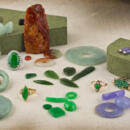
Gem in the Spotlight: Jade
…white, and the most valuable/desirable color: a vibrant green. The finest of all green jadeite colors is a saturated emerald green that is almost transparent, and it is called “Imperial Jade.” Jade is one of the top selling gems in Asia, but…, maw sit sit, and hydrogrossular garnet. For a short amount of time, a few laboratories produced synthetic (lab-created) jadeite. This proved to be unprofitable and was quickly forgotten; however, a small amount of it remains on the market …
-
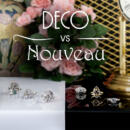
Art Deco vs. Art Nouveau Style Jewelry
… Machine Age. Precious metals like platinum and white gold alongside rare and valuable gemstones such as diamonds, emeralds, and sapphires, were the materials of choice for Art Deco jewelry makers. The most prevalent diamond cut found in Art… symmetry, bold contrast, simplicity Materials of Choice Silver, semi-precious stones, enamel Platinum, diamonds, emeralds Prominent Designers Louis Comfort Tiffany Cartier, Van Cleef & Arpels Main Diamond Cut Old Mine Cut Old European …
-

How Are Lab Grown Diamonds Made?
…. Diamonds are a crystalline form of carbon, and so making artificial carbon crystal was the problem of lab grown diamonds. For decades, manufacturers of synthetic gemstones tried growing diamonds like they grew rubies, sapphires, and emeralds. It failed. Then they had the idea to grow diamonds in the lab like they grew in nature. High Pressure High Temperature Diamonds How does nature form diamond crystals? Nature does it very deep underground. Diamond growing naturally …
-
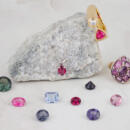
Gem in the Spotlight: Spinel
… and perfected to create spinel in even more colors than it is naturally found in. Because of how easily it can be created in a lab, synthetic spinel has been used to imitate many other gemstones (ruby, sapphire, tourmaline, zircon, etc.). … of the reason why most people have been slow to appreciate natural spinel in its own right. Interestingly, most lab-created spinel has a slightly higher refractive index than natural spinel, and that, along with inclusions can be used to …
-
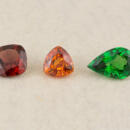
Gem in the Spotlight: Garnet
…shape and color of pomegranate seeds. Garnet is really a group of gemstones. The pyrope, almandine and spessartite are the red – brown to orange sometimes with a tint of violet varieties. The grossular, demantoid and uvarovite are the Emerald green to yellow type. Garnets are beautiful and widely diverse gemstones
-
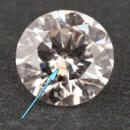
What Are Lab Grown Diamonds?
… are man-made crystals with the same crystal structure and chemical composition as the specific gem that is being created. Therefore, a “synthetic diamond” has the same crystal structure and chemical composition as a natural diamond. The … lab grown diamond stem from how they were made. Lab grown diamonds are man-made in a lab while natural diamonds are created in the earth. Nature is not a controlled, sterile environment, and natural processes vary abundantly. Therefore, the…
-
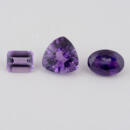
Gem in the Spotlight: Amethyst
…mythology. The word “amethystos,” is derived from the Greek word meaning “not drunken.” It is said that amethyst was created when Dionysus, the god of wine, was angered by an insult from a mortal. In his rage, Dionysus vowed to take revenge …, help hunters, guard against contagious diseases, and control evil thoughts. Amethyst was once as valuable as emeralds and rubies until very large deposits were found in multiple places around the world. Heavily increased supply dropped …
-
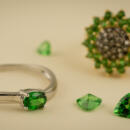
Gem in the Spotlight: Tsavorite Garnet
… in East Africa in the 1960s changed the jewelry world. Here was a gem with the color to rival the most exquisite emeralds and the clarity of the cleanest sapphires, all with the time tested durability of garnet. Tsavorite is a unique form … stones are below two carats. By some estimates, Tsavorite is around 200 times rarer than the much better known Emerald. Gemology Tsavorite’s rarity and beautiful green color reminds one of the other green garnet called Demantoid. Demantoid…
-
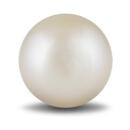
Gem in the Spotlight: Pearl
…even decades, to form, and are found only in a few select locations around the world. The process by which they are created is completely unpredictable, and as a result, natural pearls come in a wide range of shapes, sizes, and colors. They … natural irritant. The resulting pearl is virtually indistinguishable from a natural pearl in appearance, and can be created in a fraction of the time. Because of this, cultured pearls are far more common and affordable than natural pearls. …